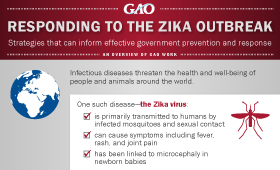 Every year, millions of Americans seek care in nursing homes. If you or a close friend or family member are in this position, how would you choose the right one?
Every year, millions of Americans seek care in nursing homes. If you or a close friend or family member are in this position, how would you choose the right one?
Fortunately, the government runs a website called Nursing Home Compare, which has information that is meant to help people research and compare nursing homes. While the website is generally helpful to people, we found some ways it could be improved. Today’s WatchBlog looks at Nursing Home Compare—and its Five-Star Rating System.
Comparing Nursing Home Quality
Choosing a nursing home for a loved one can be stressful. Often times the decision needs to be made quickly, and finding reliable information can be tough.
To help assist people with this difficult choice, the Centers for Medicare & Medicaid Services (CMS) created the Nursing Home Compare website in 1998. The website contains nursing home information, such as:
- Health inspection ratings,
- Ratio of nursing staff to residents,
- Performance quality measures, and
- Number of registered complaints against the home.
The Five-Star Quality Rating System
As of 2008, the Nursing Home Compare website also contains a tool called the Five-Star Quality Rating System. Based on a calculation involving the bulleted information above, the Five-Star System assigns each participating nursing home an overall star rating, ranging from 1 (below average) to 5 (above average).
Helpful Tips When Using Nursing Home Compare
We found that people think the website is a helpful starting place for finding a nursing home, and that it can provide valuable information. That said, people shouldn’t rely solely on the website when making such an important decision.
There are a few important weaknesses to consider. For example, the overall star rating can’t be compared nationally, but only within states. This means if you live in a town that borders multiple states, you don’t know if a 4-star home in one state is better than a 3-star home in another state. The figure below shows how this could cause problems.
 (Excerpted from GAO-17-61)
(Excerpted from GAO-17-61)
[Image updated to reflect state-related issues. Check out the full report for
all of the images.]
Example of Consumer Making Nursing Home Decision across Multiple States
Another thing to consider is that the information and star rating provided on the website are often outdated, and may not reflect the current status of the nursing home. CMS encourages people to explore other sources of information about the nursing home, including an in-person visit to the home.
For more information about what groups found helpful (and not helpful) about Nursing Home Compare, read our full report. We also made several recommendations to CMS about how they could improve the website.
- Questions on the content of this post? Contact A. Nicole Clowers at ClowersA@gao.gov
- Comments on GAO’s WatchBlog? Contact blog@gao.gov.





